Introducing Translation Suggestions
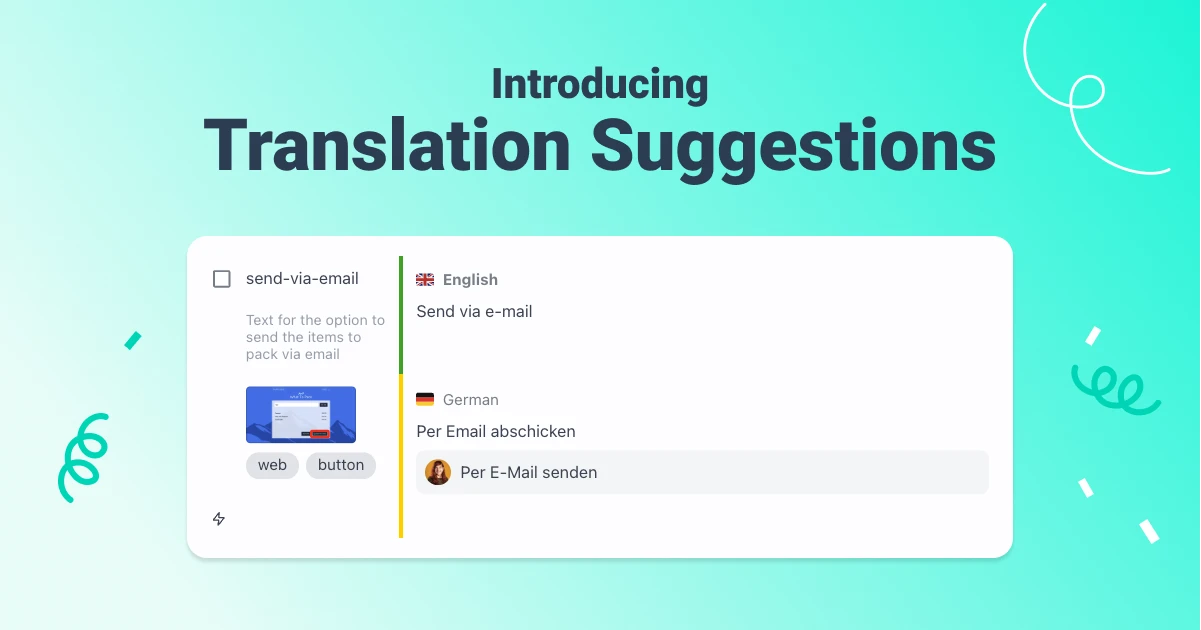
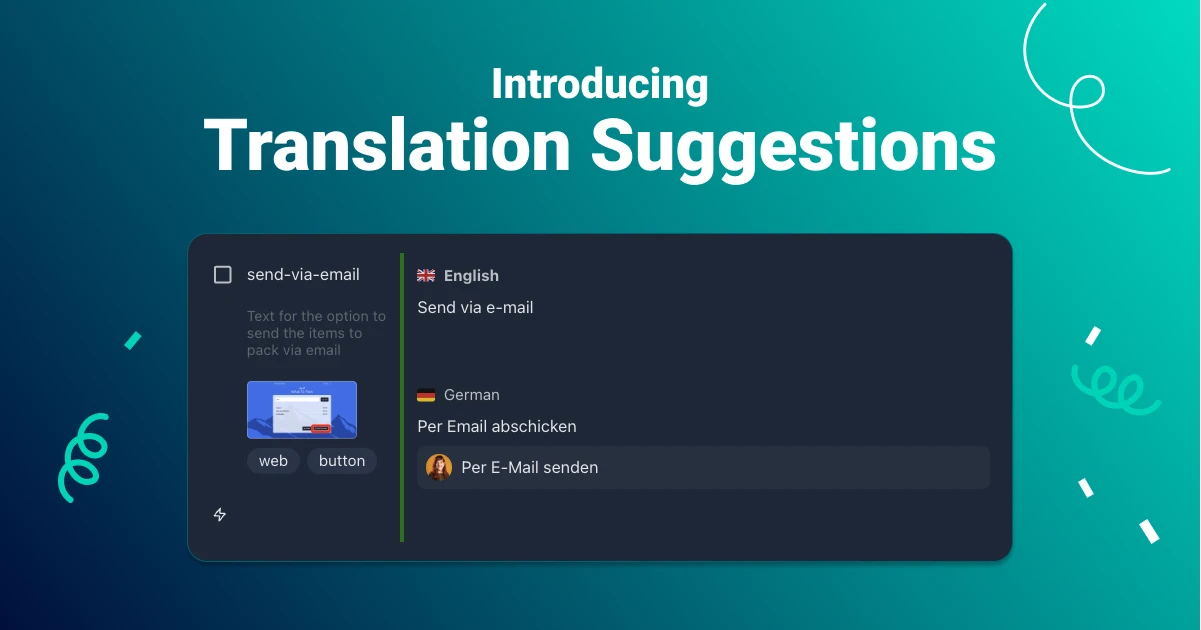
Translation Suggestions enables controlled collaboration by allowing team members to propose translation improvements while keeping reviewers in control of what gets published.


Translation Suggestions enables controlled collaboration by allowing team members to propose translation improvements while keeping reviewers in control of what gets published.
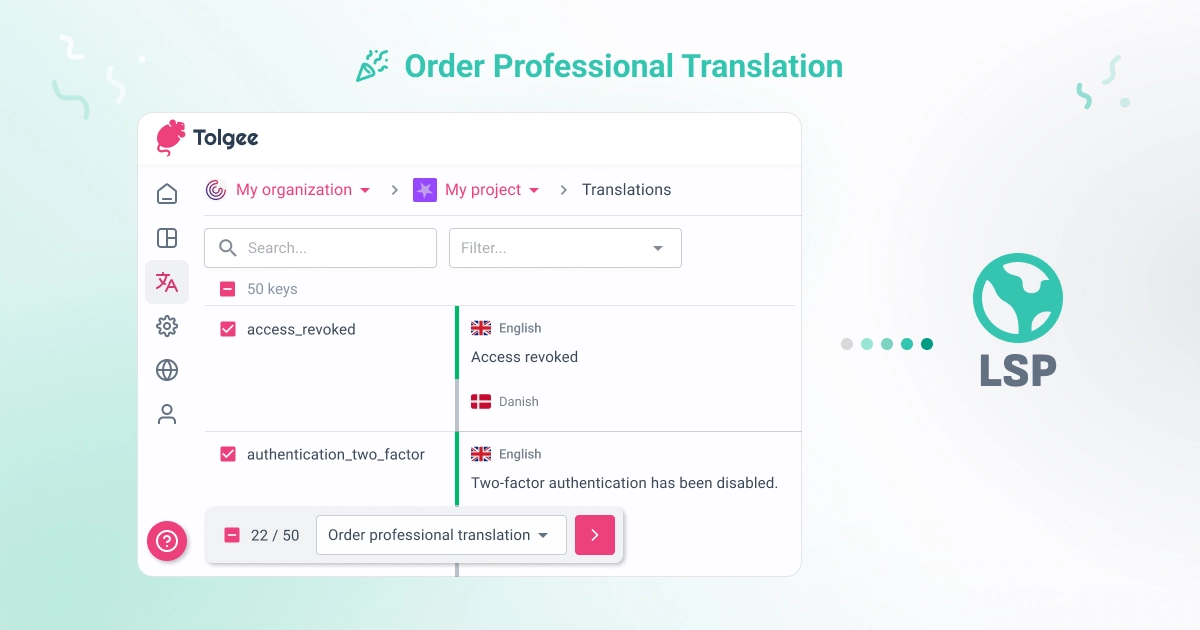
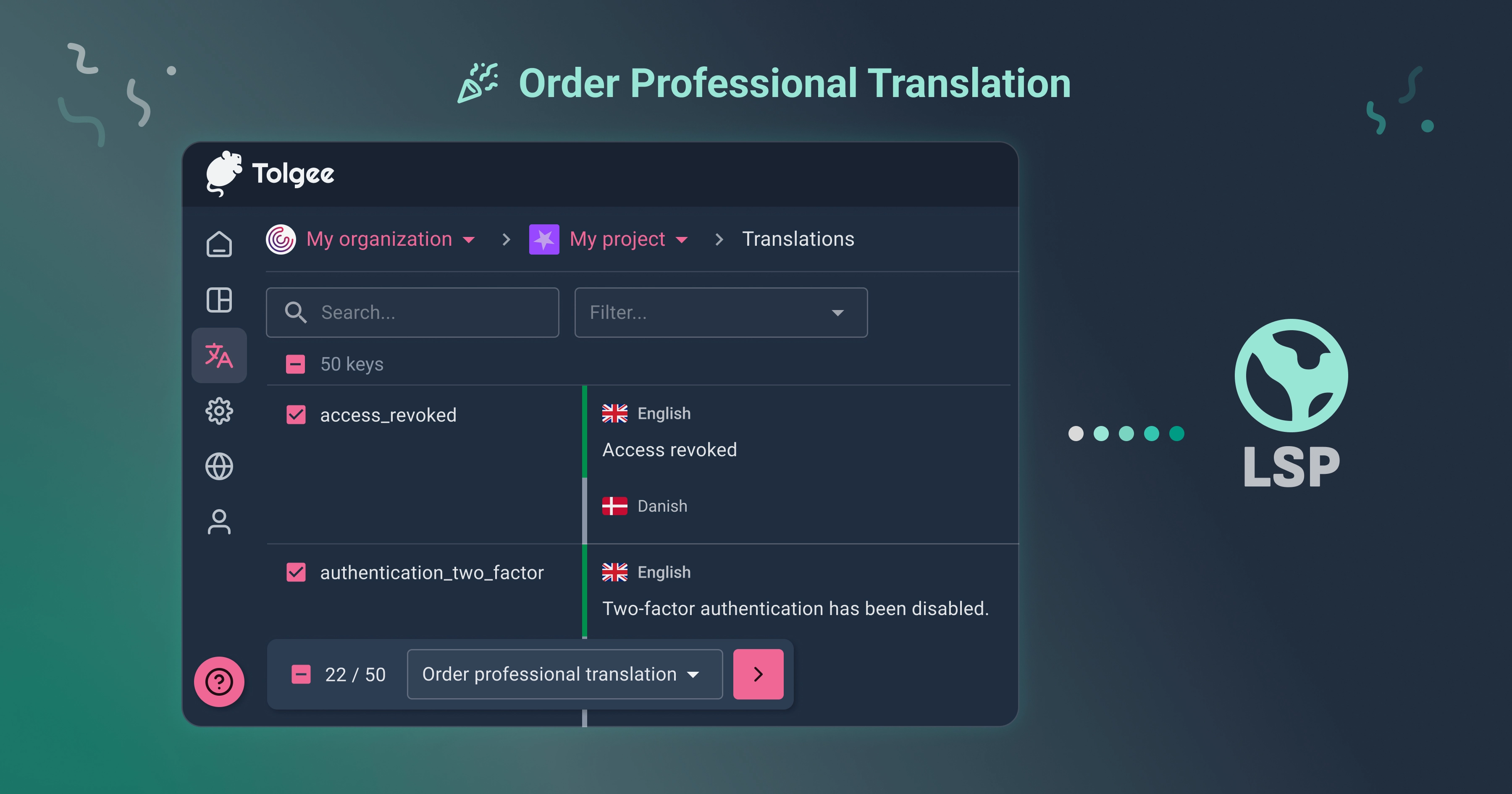
Expand Your Reach with Tolgee’s New Professional Translation Feature! 🌍✨
Tolgee's latest feature—Order Professional Translation—makes it easier than ever to connect with global audiences by bringing expert translations directly into your project workflow! 🚀
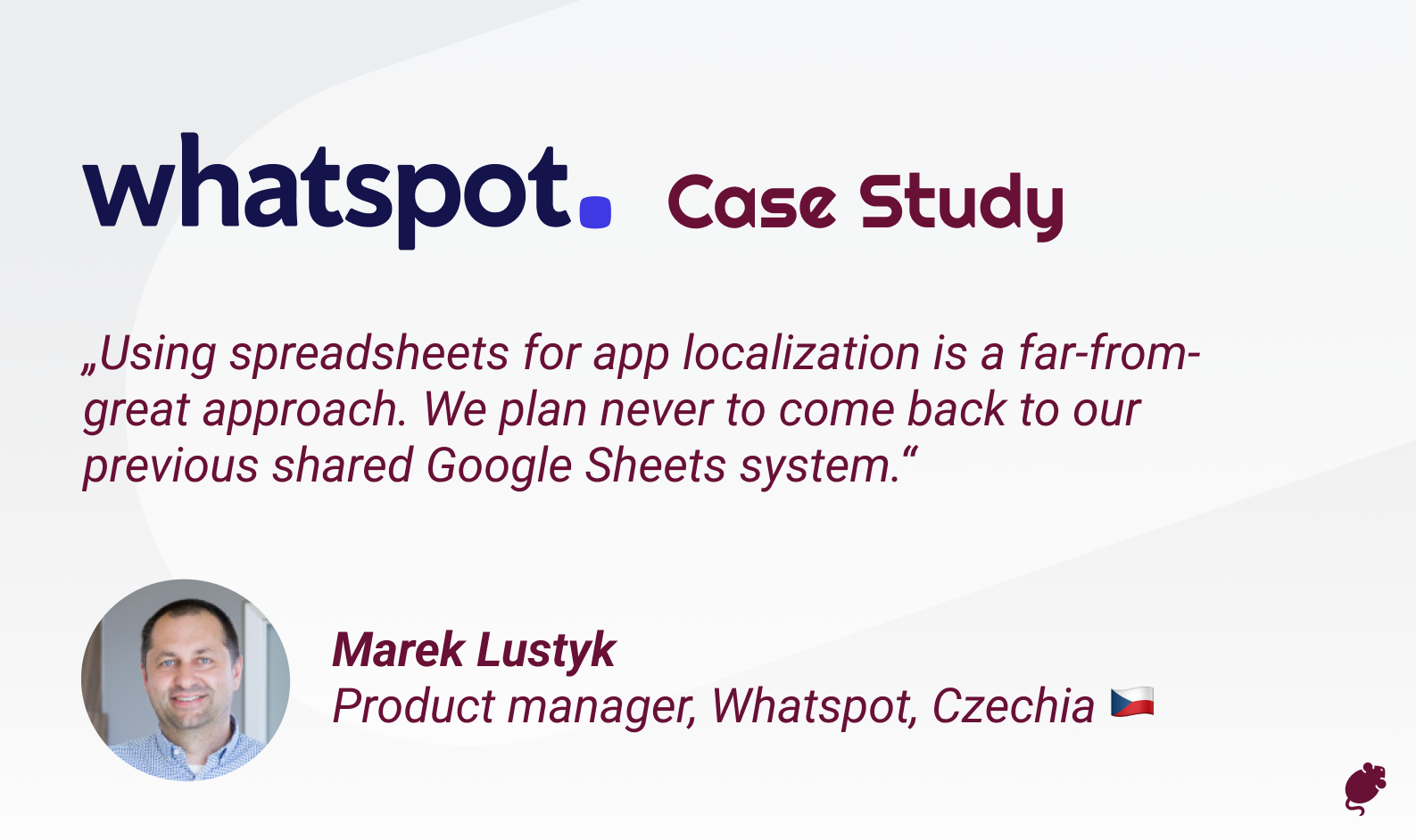 Whatspot, a simple yet powerful online booking system for businesses, has set out to transform the way organizations manage reservations.
Marek Lustyk, a determined Product Manager, is in charge of this effort, guiding Whatspot toward success worldwide.
Whatspot offers a streamlined reservation experience. From booking meeting rooms to company cars or parking
spaces, Whatspot simplifies it all. With just a quick scan of the QR code on your mobile phone, you can instantly check the availability
of a meeting room or company car. If it's open, booking is as easy as two clicks.
Whatspot, a simple yet powerful online booking system for businesses, has set out to transform the way organizations manage reservations.
Marek Lustyk, a determined Product Manager, is in charge of this effort, guiding Whatspot toward success worldwide.
Whatspot offers a streamlined reservation experience. From booking meeting rooms to company cars or parking
spaces, Whatspot simplifies it all. With just a quick scan of the QR code on your mobile phone, you can instantly check the availability
of a meeting room or company car. If it's open, booking is as easy as two clicks.
Are you thinking about launching your product in a new market? Or do you perhaps already have a global presence but want to enhance your localization strategy? This playbook is your roadmap for a successful product launch in new markets. Discover how effective localization goes beyond mere translation, resonates deeply with local audiences, and opens up new business opportunities.
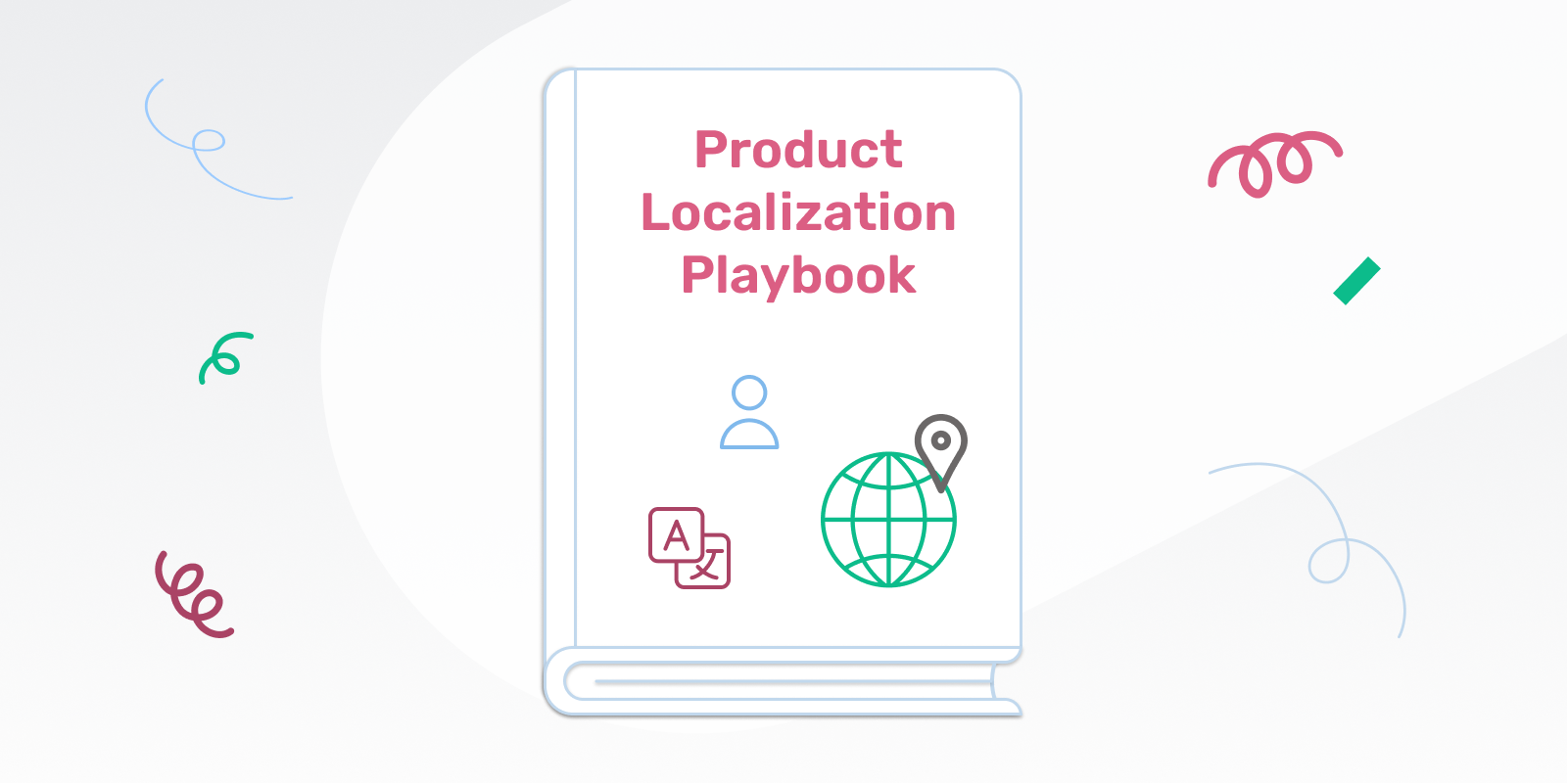
Do you think that AI will replace human translators? AI has made its way into various aspects of our lives, including localization, where it demonstrates exceptional capabilities. Yet, two significant challenges hinder the complete adoption of AI for software translation: reliability and context. Tolgee AI Translator aims to tackle these challenges head-on to provide contextually tailored translations of superior quality.
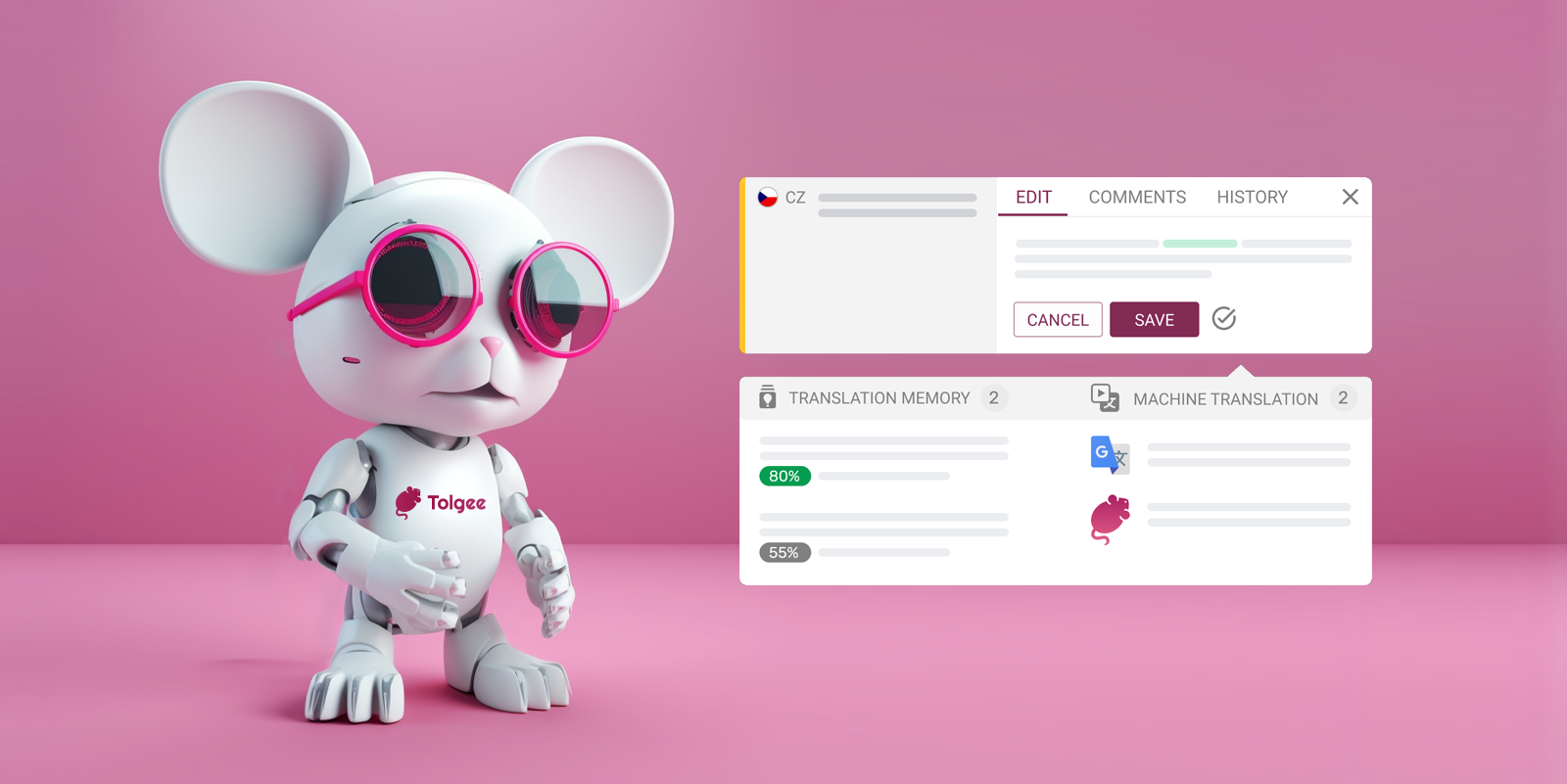
In software development and localization, translation keys are placeholders for text strings requiring translation. This guide will explore the importance of appropriately naming translation keys and provide tips and best practices to improve your workflow.

Overall, localization is an important consideration in software development, as it allows products to be more widely adopted and used by a global market. In addition, it improves the user experience for non-native speakers, builds a positive reputation for the company, and increases its revenue and growth. Unfortunately, software localization has been a source of difficulty for developers, with the challenge of creating and managing localization strings, integrating with external libraries, and more.
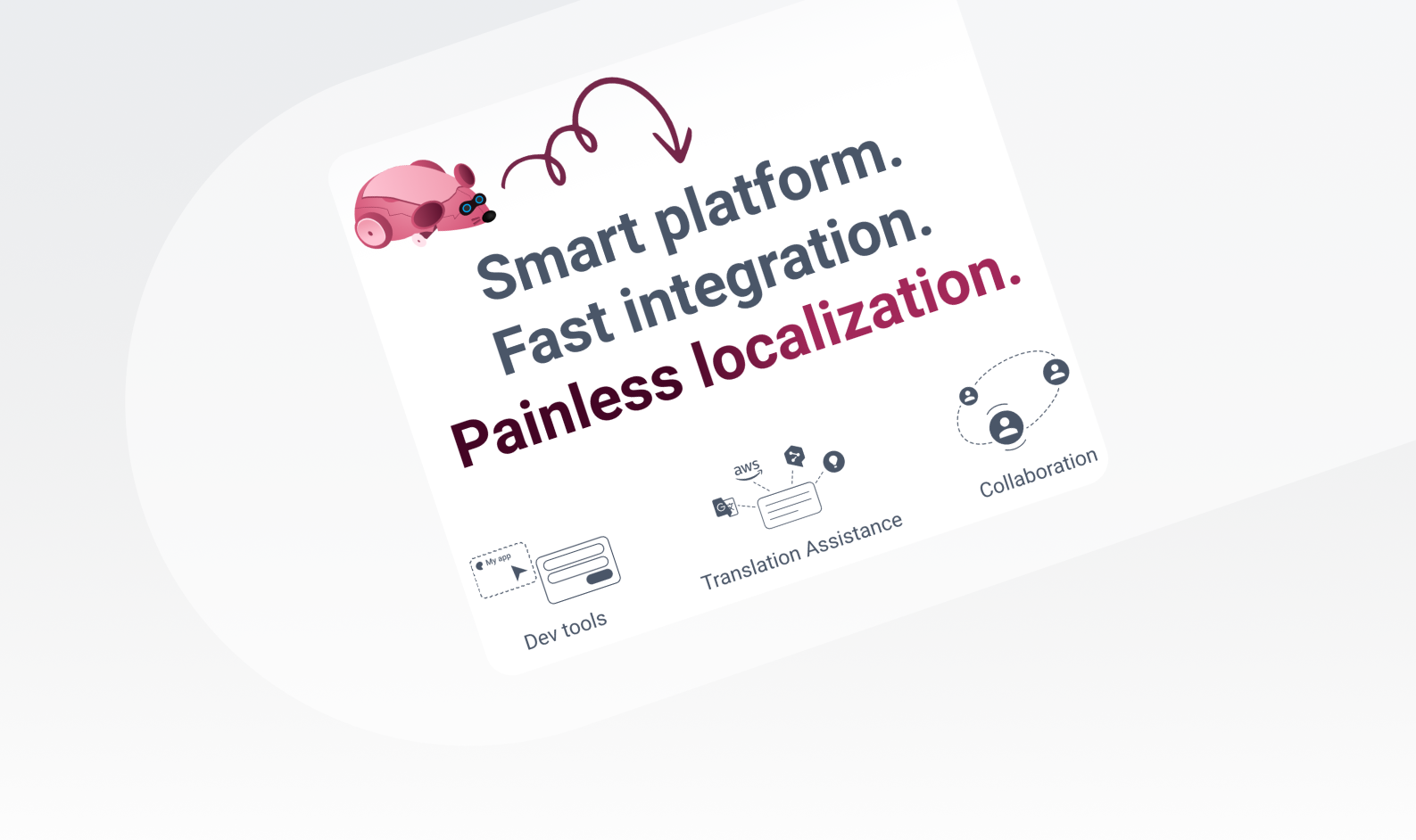
 Adir, a software engineer at Microsoft, has a passion for improving productivity for himself and others. So he decided to develop
a search application called Fluent Search as an open-source side project about three years ago.
Over the years, the project grew bigger and gained popularity from users around the world. Let’s explore how Adir, as an
individual developer, responded to user demand and made the strategic decision to translate his app into foreign languages.
By doing so, he was able to tap into new markets, increase his user base, and take Fluent Search to the next level.
Adir, a software engineer at Microsoft, has a passion for improving productivity for himself and others. So he decided to develop
a search application called Fluent Search as an open-source side project about three years ago.
Over the years, the project grew bigger and gained popularity from users around the world. Let’s explore how Adir, as an
individual developer, responded to user demand and made the strategic decision to translate his app into foreign languages.
By doing so, he was able to tap into new markets, increase his user base, and take Fluent Search to the next level.
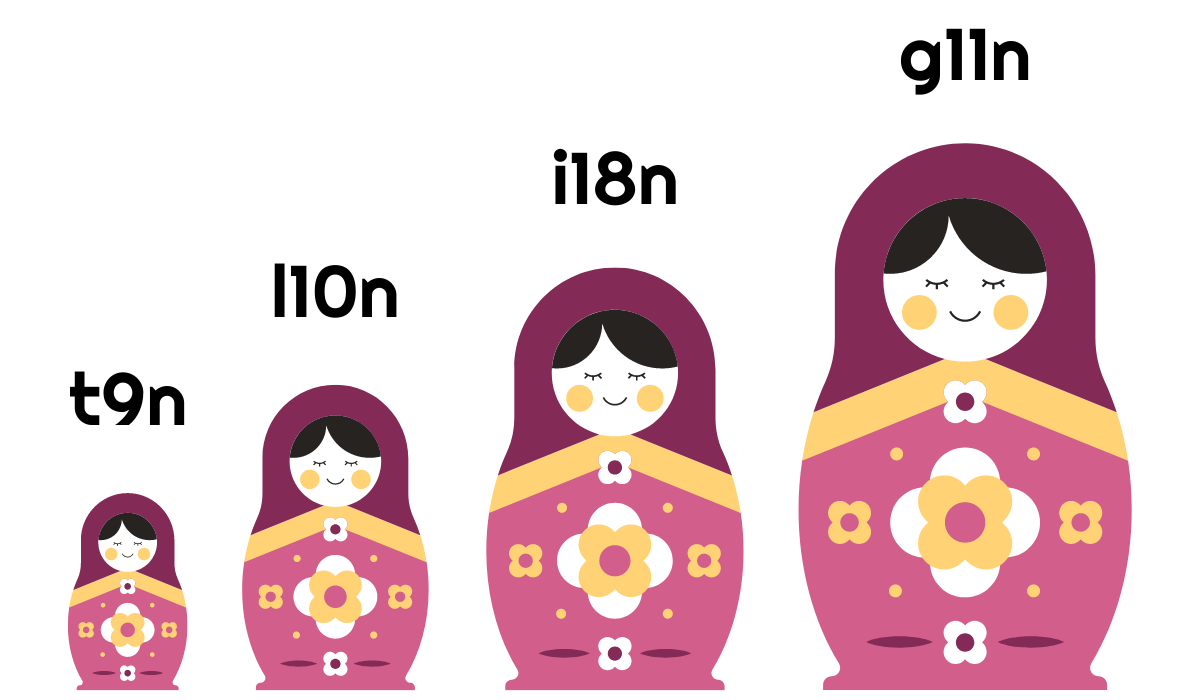
In the tech world, you may come across a few confusing acronyms. Those number-based words are called numeronyms. They are often used to abbreviate long words. Just take the first and last letter and count the letters in between.
Software localization is the process of translating software applications and user interfaces to accommodate users in different geographical regions. By doing this, you can expand your market reach and better serve your international customers. Software localization process should be part of your overall strategy if you're considering expanding your business into new markets. Yet, it also brings many challenges during the process. In the second part of the article, we'll have a look at how to overcome them successfully and make the software localization process as smooth as possible.